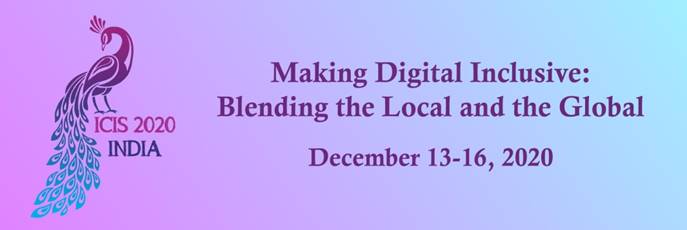Human Computer Interaction, Artificial Intelligence and Intelligent Augmentation
Loading...
Paper Type
short
Paper Number
1533
Description
This paper is about devising customized treatment assignment policies (from data) when there is a lot of observational data, but much less (unconfounded) experimental data. We propose to use (large) observational data to learn a complex treatment assignment policy with few supervised learning errors, and then correct for confounding errors in the policy using a (machine learned) model built with both experimental and observational data. Our study details a tree-induction algorithm that may be used to learn the model that corrects for confounding, which we call the deconfounder tree. Finally, we illustrate with a simple example how our approach may lead to better treatment assignments than learning models using exclusively observational or experimental data.
Recommended Citation
Fernández-Loría, Carlos and Provost, Foster, "Combining Observational and Experimental Data to Improve Large-Scale Decision-Making" (2020). ICIS 2020 Proceedings. 7.
https://aisel.aisnet.org/icis2020/hci_artintel/hci_artintel/7
Combining Observational and Experimental Data to Improve Large-Scale Decision-Making
This paper is about devising customized treatment assignment policies (from data) when there is a lot of observational data, but much less (unconfounded) experimental data. We propose to use (large) observational data to learn a complex treatment assignment policy with few supervised learning errors, and then correct for confounding errors in the policy using a (machine learned) model built with both experimental and observational data. Our study details a tree-induction algorithm that may be used to learn the model that corrects for confounding, which we call the deconfounder tree. Finally, we illustrate with a simple example how our approach may lead to better treatment assignments than learning models using exclusively observational or experimental data.
When commenting on articles, please be friendly, welcoming, respectful and abide by the AIS eLibrary Discussion Thread Code of Conduct posted here.


